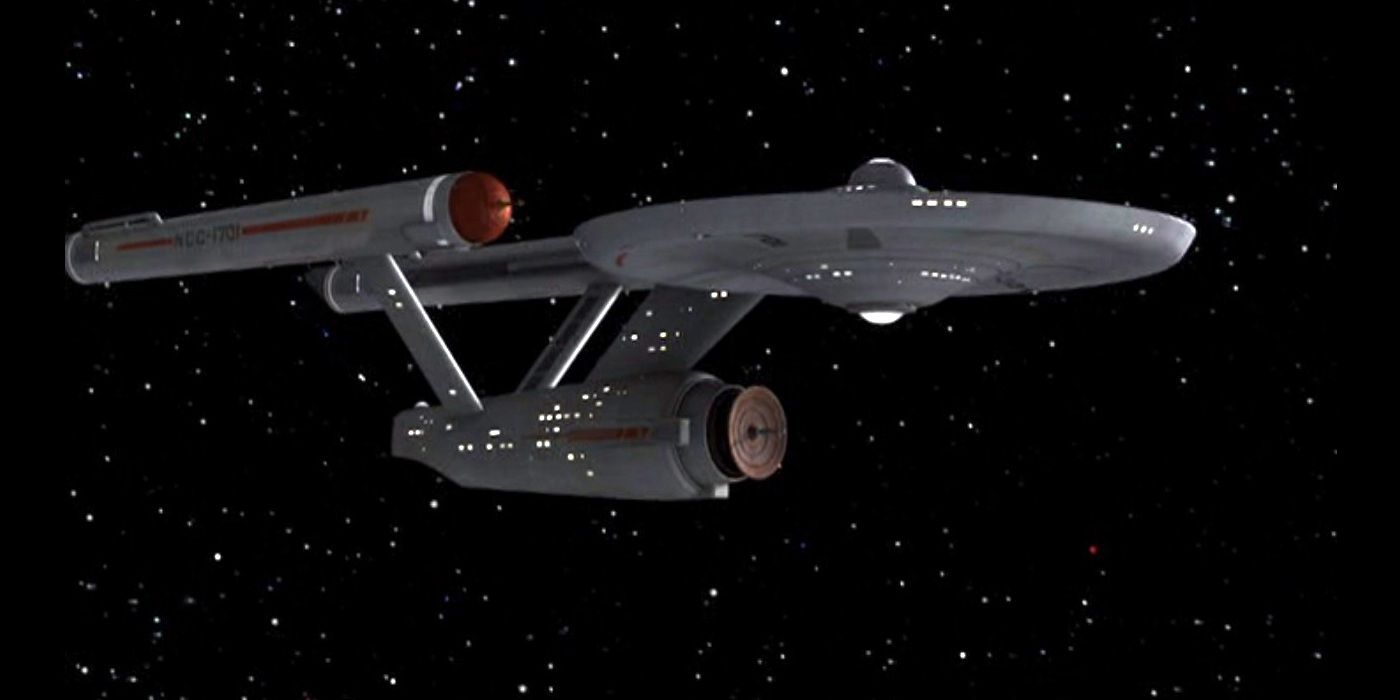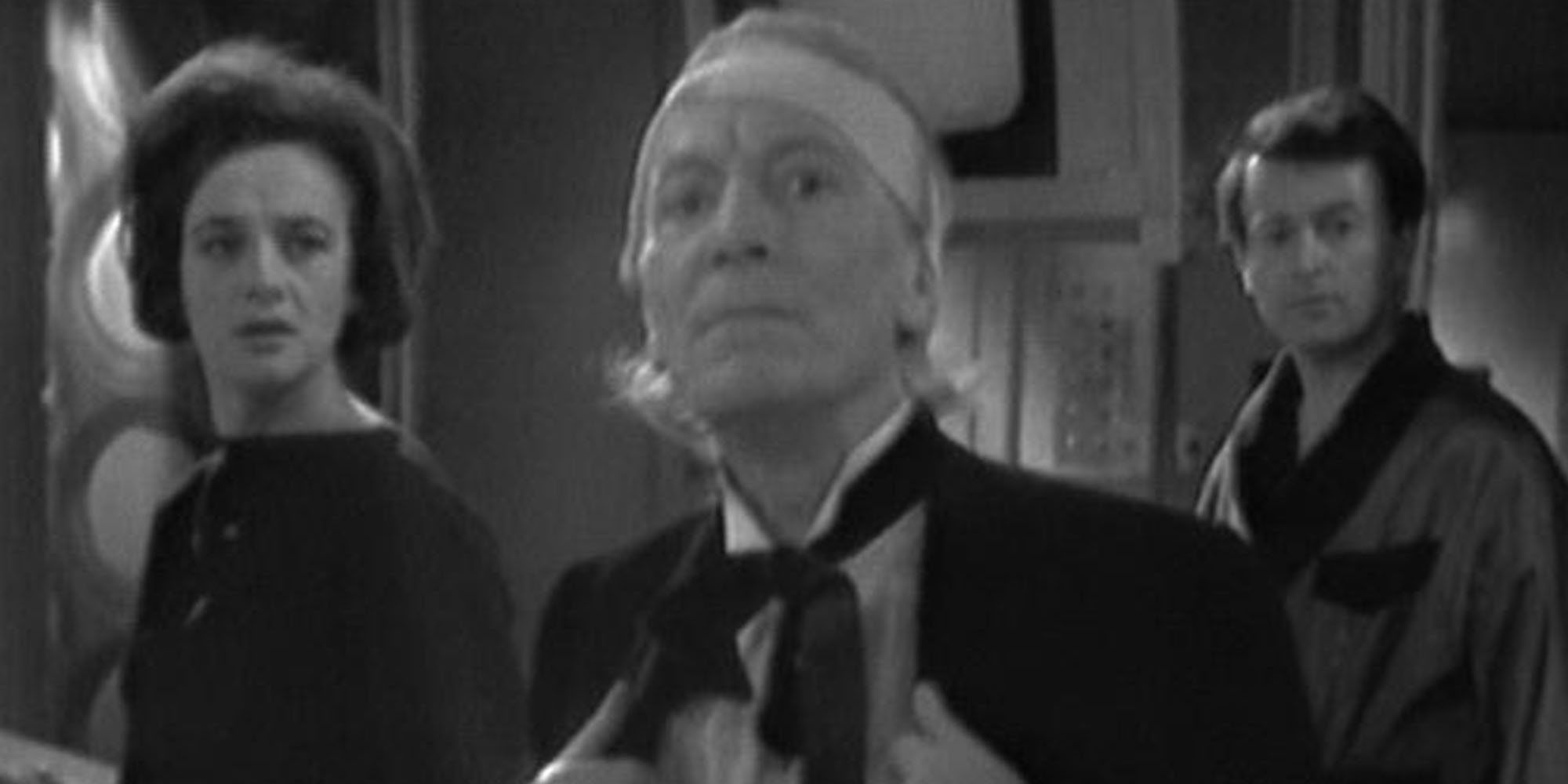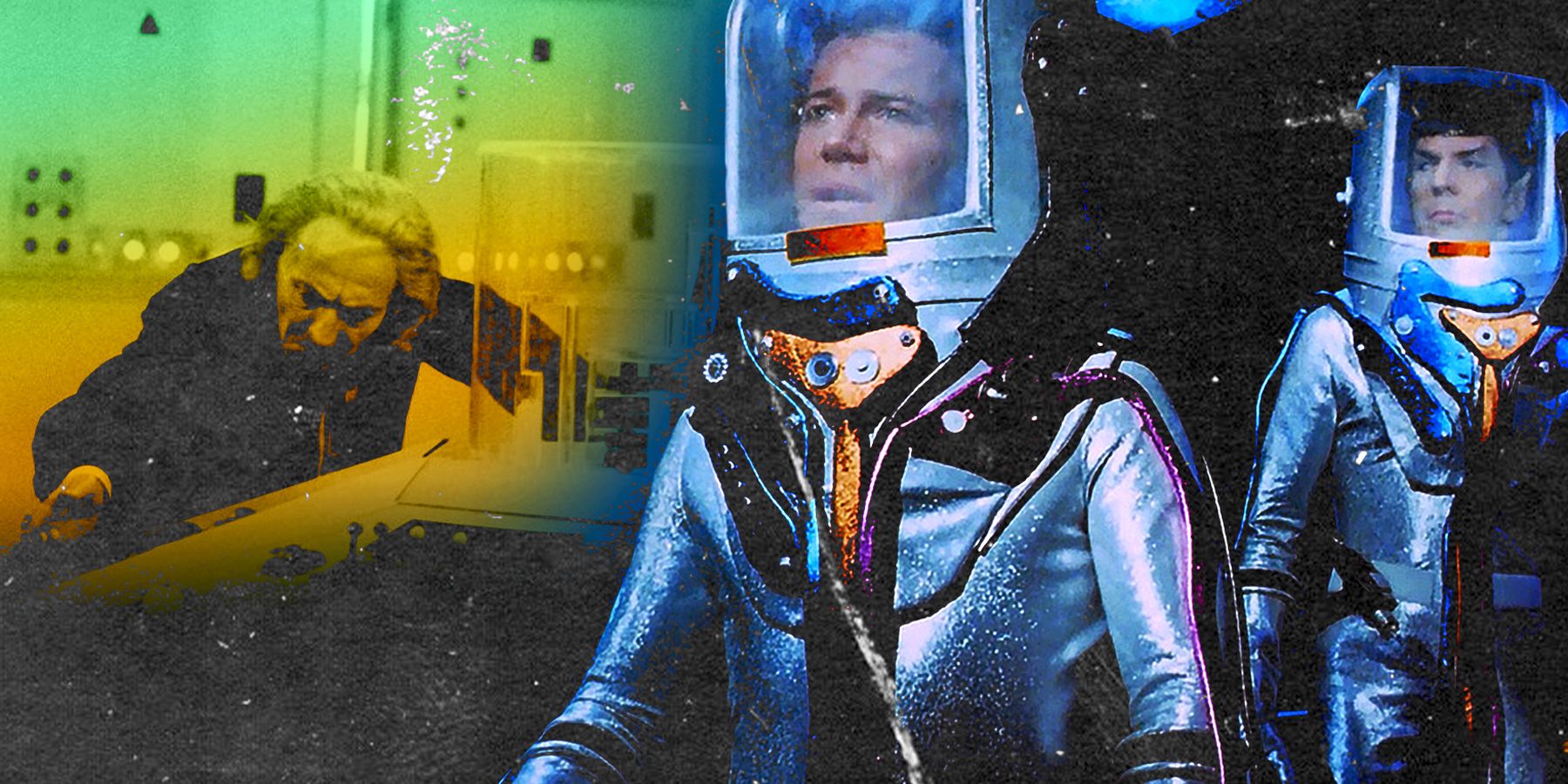Doctor Who Beat Star Trek to Ship-in-a-Bottle Episodes
Star Trek may have popularized ship-in-a-bottle episodes, but Doctor Who got there first with a chilling story that aired early in its first season.
Star Trek has often been wrongly credited with coining the term “bottle episode” — a type of TV episode that more or less features only regular characters and sets, and is often made to accommodate budgetary restrictions. The episode structure was thought to come from Star Trek’s so-called “ship-in-a-bottle” episodes that take place entirely aboard the USS Enterprise. However, it was actually the producers of the 1963 sci-fi anthology series The Outer Limits who coined the term “bottle episode,” first used to refer to an episode of that series, titled “Controlled Experiment.”
What made Star Trek’s particular bottle episodes recognizable was the fact they took place entirely aboard the USS Enterprise. While bottle episodes for many television series simply meant avoiding new characters and new locations, in Star Trek, the format transformed the nature of the show. It moved the focus away from the crew’s adventures to various alien worlds, and instead shined a light on their time aboard their means of transport. However, before Star Trek’s 1966 debut, Doctor Who did exactly the same thing with a 1964 story taking place entirely inside the TARDIS.
Spaceships in a Bottle: The USS Enterprise Vs. The TARDIS

Star Trek’s original series was well-known for its various bottle episodes, including “The Naked Time,” which saw the crew of the Enterprise stripped of their inhibitions by an infectious alien disease. Another example is “The Tholian Web,” in which the Enterprise itself was under threat from the sinister Tholians, as they slowly tightened their death-grip on the ship. The drama in these stories relied upon the unnerving changes invoked in the series’ regular cast of characters and the creeping sense of claustrophobia that came from being trapped on the ship. Doctor Who had already delivered a story that incorporated both of these ideas.
In Feb. 1964, the BBC sci-fi series was still in its infancy. Doctor Who first aired in Nov. 1963, and by the following February, the show had completed its second serial, “The Daleks,” which introduced the Doctor’s deadliest enemy for the first time. The conclusion of “The Daleks” took place in Doctor Who’s 11th episode. The next serial that had been planned was the seven-part “Marco Polo.” However, at this time, Doctor Who had only been granted 13 episodes. A two-part filler story was required, in case the series wasn’t renewed beyond Episode 13.
The First Time Doctor Who Stayed Inside the Spaceship

Doctor Who’s third serial was a stark departure from the two that had preceded it. “The Edge of Destruction” (also sometimes known as “Inside the Spaceship”) was penned by David Whitaker and was devised to be achievable on a minimal budget. Previous stories had sent the Doctor, his granddaughter Susan, and her teachers Ian Chesterton and Barbara Wright on adventures to Earth’s distant past and to the planet Skaro in the far future. “The Edge of Destruction,” however, took place entirely on board the TARDIS and featured only the Doctor and his companions. Rather than an exciting time-travel adventure, this story was a claustrophobic paranoid thriller.
The serial revolved around the TARDIS crew finding themselves trapped inside the ship. The TARDIS doors refused to open, the systems were in disarray, and there was a growing unease and lack of clarity amongst all on board. Gradually, they started to turn on one another. Susan, in an almost trance-like state, even threatens Ian and Barbara with a pair of scissors — a sequence that upset censors at the time. The story thrived on the conflict of distrust between the series’ heroes. Ultimately, it was revealed the source of the trouble was a simple technical fault — the “fast return” switch had become stuck, which sent the TARDIS back to the very beginnings of time. The strange occurrences were the ship’s way of warning the crew of its own imminent destruction.
While The Outer Limits beat Doctor Who to a bottle episode by a matter of weeks, “The Edge of Destruction” marks an early example of Star Trek’s particular “ship-in-a-bottle” format. Much like the Star Trek episodes that would follow, this Doctor Who story takes place entirely on board the series’ main ship. It creates drama purely amongst the series’ main characters and the sense of claustrophobia that comes with being trapped aboard a ship in a bottle.
No Byline Policy
Editorial Guidelines
Corrections Policy
Source
